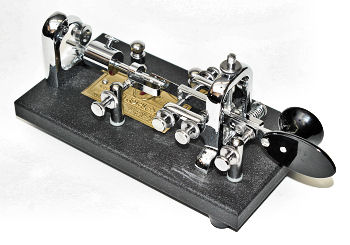Interesting Ideas: Two-way Optoisolator made with two LEDs
When I was but a wee lad around the age of 10, I wandered into a Radio Shack with my father. Of course, this is back when Radio Shack sold good electronics parts. I wanted to know what they did. My dad didn’t know. Somehow I ended up with a copy of Getting Started in Electronics by Forrest Mims III. The book was handwritten and the illustrations were hand drawn, and it was perfect for kids. Or adults. I still have a copy of this book, not the original one my dad bought me — I’ve since lent that out many years ago. But I was able to pick up a copy from the third printing, still with the original green cover, and I’ll hold on to that one forever. It cost something like three bucks at the time. The book is still in print — you can get it from Amazon, Jameco, or from the W5YI group.

Homemade optoisolator made with two LEDs (drawing by Forrest Mims III)
I found this article at Jameco.com that Forrest wrote about using two LEDs as an optoisolator by mounting them facing each other and wrapping them in electrical tape. I would probably use heat shrink tubing if I tried this. This is an excellent application showing that an LED can also be used to detect light. The example circuit uses the homemade optoisolator feeding a 4011 CMOS NAND gate as a driver for an output LED.

